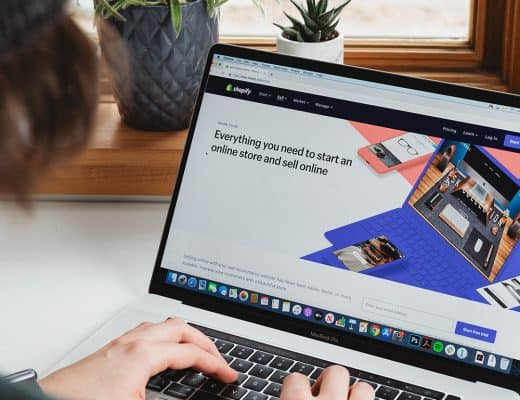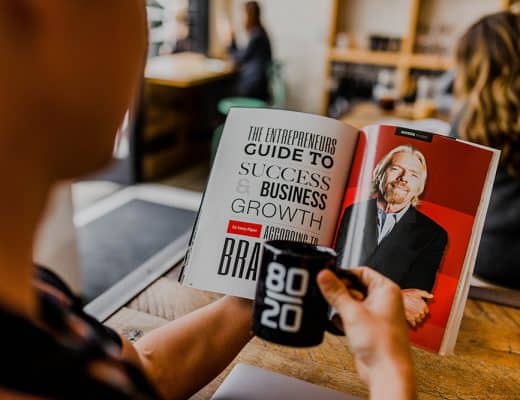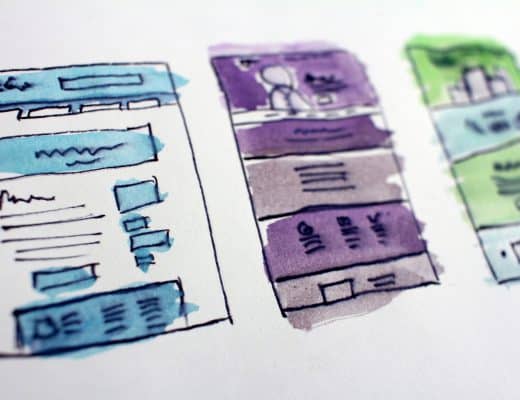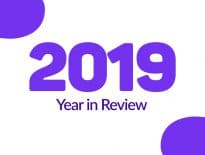There are certain things you can do when writing an event invitation email to maximize your chances of it getting opened and read. It would be a shame to spend so much time and energy on your event and then your subscribers don’t even read the email. The good news is, we’ve prepared seven tips to help you write the most effective event invitation email.
1. Craft the perfect subject line.
The subject line is the first (and potentially the only) thing that your recipients will see when they receive the message. That’s why it needs to be descriptive enough to make them want to open the message and specific enough that it’ll pique their curiosity, but also brief enough to get to the point. A good strategy is to create a feeling of urgency like there’s a time-sensitive deal or offer they might miss out on. It’s also a good idea to personalize the subject line by including the recipient’s name or mentioning the event happening in their city. You should test different subject line options and see which ones have higher open and click-through rates.
2. Add a real sender name.
Your email could go straight to spam or get trashed without opening if the reader doesn’t think you’re a trusted source. “When you write your event invitation, send them from a recognizable source, like your company name or event name, especially if it’s the first time you’re making contact with this person. It also creates a more direct rapport with your recipients by giving you (the sender) a genuine personality instead of a nameless corporation”, says Judy Oneal, a marketer at Essayroo and Ukwritings.
3. Focus on the copy and headline.
Emails for event promotion just generally be kept short. Put only the information that’s essential to your event, such as the location, the date, and how to buy tickets, right at the top of the message. This minimizes how much your reader has to search through the message to find the critical information. Your headline shouldn’t just repeat the subject line, but instead should get your recipients interested and engaged about the event by finding out the benefits of attending. Make sure your headline, copy, and subject are to the point and complement each other.
4. Add a call-to-action.
The call-to-action (CTA) is a way for your reader to know what action they need to take, either register, buy tickets, or share with a friend. This should be a brief line of copy or button that will stand out. You don’t want to hide your CTA because that’s the whole purpose of your even invitation. Put it both at the top and bottom of your email so your recipients are clear on what the action is. You should also make sure to use only one CTA and avoid confusing your readers.
5. Send to new recipients.
Your first email about the event should be clear to all new recipients and event-goers what the basic logistics are to the event. Be sure to express urgency and build trust, but also share the benefits of attending for people who may be less familiar with the event. You can add more information about the event below the fold.
6. Invite previous attendees.
You also want to make sure to make returning attendees feel appreciated and acknowledged, especially if these people have been attending your event regularly for years. Be sure to offer unique perks or discounts so you show them their business is valued. “This should be sent as a separate email to connect and resonate most with the right audience. By segmenting your emails, you’re sure to increase your open rate because each message will be more targeted”, explains Rosemarie Rolfes, a business writer at Academized and Bestbritishessays.
7. Send a thank you after the event.
Once the event is over, you should still be in contact with your guest list. Send a more personalized email post-event, because this is just as important, if not more, than the promotional email. You can both thank them for attending but also ask for feedback, which is invaluable for future events.
Once your email is done, track how it does compared to previous emails. This will make it easier for you to constantly refine and update your procedures.







